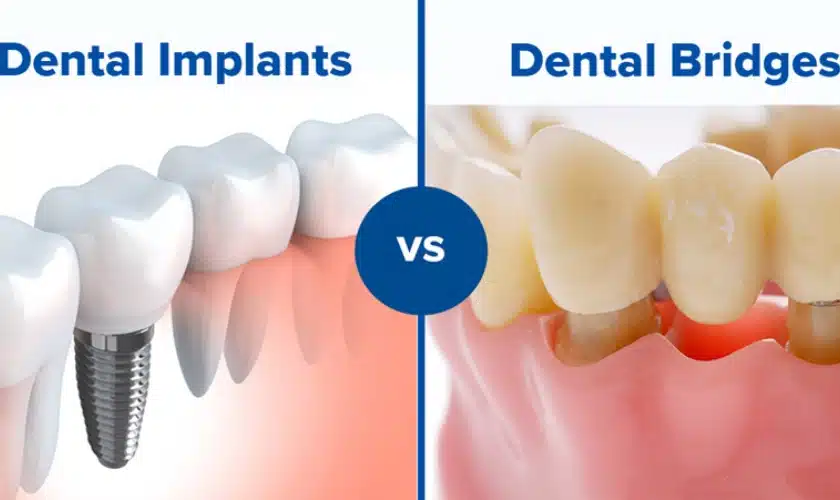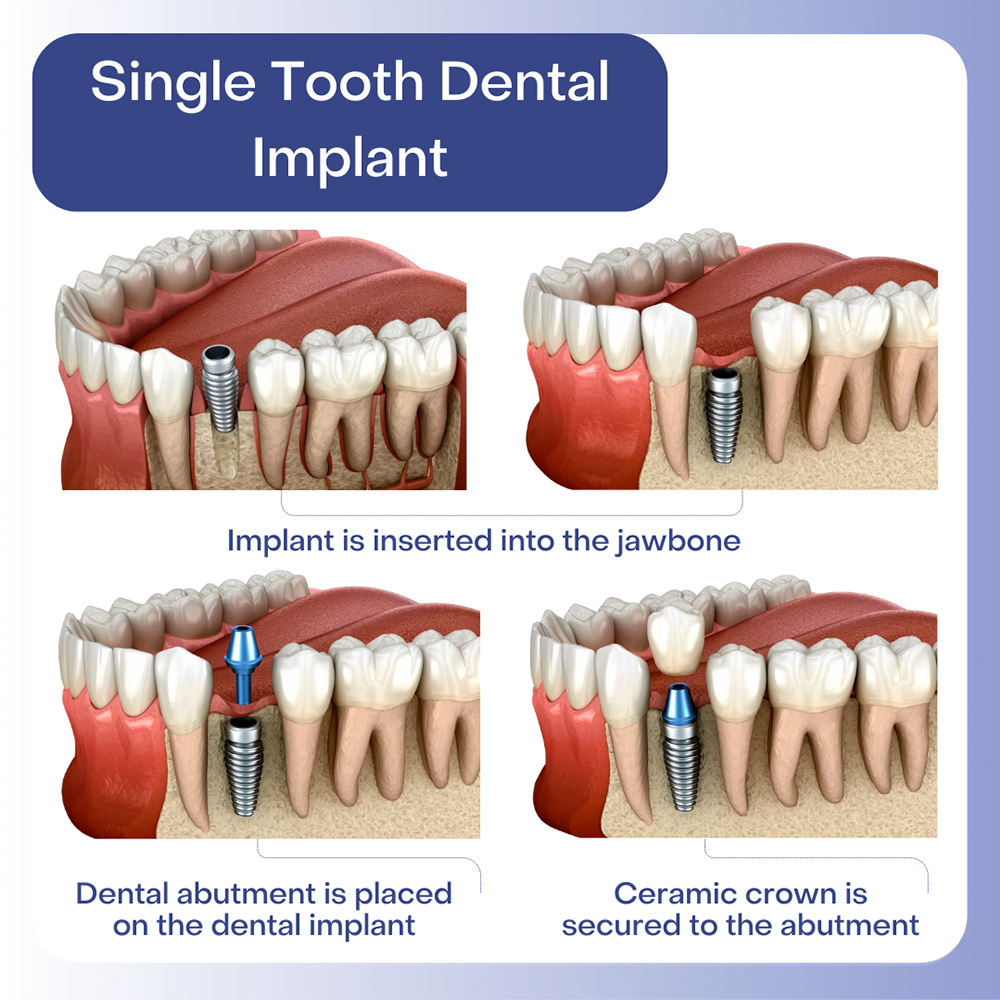The smart Trick of Dental Sense That Nobody is Talking About
Table of ContentsThe 15-Second Trick For Dental SenseSome Known Incorrect Statements About Dental Sense How Dental Sense can Save You Time, Stress, and Money.Dental Sense - Questions
are medical devices surgically dental implanted into the jaw to recover an individual's capacity to chew or their appearance. They offer assistance for man-made (fake) teeth, such as crowns, bridges, or dentures. When a tooth is lost due to injury or illness, an individual can experience difficulties such as fast bone loss, faulty speech, or changes to chewing patterns that lead to discomfort.Dental implant systems contain an oral implant body and dental implant abutment and might likewise consist of a joint fixation screw. Cosmetic dentistry services. The dental implant body is surgically placed in the jawbone instead of the tooth's root. The oral implant joint is generally connected to the implant body by the abutment addiction screw and extends with gum tissues into the mouth to sustain the connected synthetic teeth
(https://businesslistingplus.com/profile/dentalsense1/)Structure of The Oral Implant System choosing oral implants, speak to your oral provider concerning the potential benefits and threats, and whether you are a candidate for the treatment. Things to think about: Your general health and wellness is an important consider determining whether you are a good candidate for dental implants, the length of time it will certainly require to heal, and for how long the dental implant may remain in area.
Cigarette smoking may influence the recovery process and lower the long-lasting success of the dental implant. The healing process for the dental implant body may take a number of months or longer, during which time you typically have a short-lived abutment in location of the tooth. the oral implant procedure: Very carefully comply with the dental hygiene directions provided to you by your oral company.
Dental Sense - An Overview
Implant failing can cause the demand for an additional surgery to take care of or replace the implant system. Brings back the capability to chew Brings back cosmetic appearance Aids maintain the jawbone from diminishing as a result of bone loss Maintains the health of the surrounding bone and periodontals Assists maintain nearby (neighboring) teeth steady Enhances lifestyle Damage to bordering all-natural teeth during implant positioning Injury to the surrounding tissues during surgery, such as sinus opening Injury during surgical procedure (as an example, crack of surrounding jawbone) Poor feature, such as seeming like the teeth do not bite with each other generally An experience that the tooth is loosened or twisting in place resulting from an abutment screw loosening Implant body failing (looseness of the implant body) because of systemic infection, which might be most likely in individuals with unchecked diabetics issues as a result of neighborhood infection in bone and periodontals supporting the dental implant body as a result of delayed healing, which might be most likely in patients who smoke Problem cleaning up the gum tissues around the dental implant, leading to inadequate dental health Unattended gum condition Post-surgical numbness due to nerve impingement or damages Always notify healthcare service providers and imaging professionals that additional resources you have oral implants prior to any kind of magnetic vibration imaging (MRI) or x-ray treatments.
FDA is not knowledgeable about any kind of unfavorable events reported for MRI or x-ray procedures with dental implants. Oral implants systems are commonly made of products that adhere to worldwide agreement standards of the International Company for Standardization (ISO) or ASTM International. These criteria have information of what makes a risk-free product.

An oral implant is a structure that replaces a missing out on tooth. With screw-like tools, the doctor inserts a dental implant into the jawbone, and it acts as a support for a man-made tooth, called a crown. A gadget called an abutment connects the fabricated tooth to the oral implant. The crown is personalized to fit the individual's mouth and match the shade of their teeth.
Some Known Incorrect Statements About Dental Sense
Some individuals are not eligible for dental implant surgical treatment. It is for dental specialists to operate on individuals with: intense illnessuncontrollable metabolic diseasebone or soft tissue illness or infectionIf these problems are dealt with, an individual can have the surgical treatment. In, oral specialists refrain from operating individuals with: If people with any of the above go through oral implant surgery, there is a higher risk of the implant falling short.

Oral dental implant surgery is an individualized procedure. It's not the very same for everyone. But the following gives a general introduction of what you can anticipate your dentist, dental doctor, periodontist or prosthodontist to do: Put the dental implant surgically. Offer you time to recover. Affix the message and final crown, bridge or denture.
Next off, your doctor will thoroughly put the dental implant into your jaw. If your dental implant is near the front of your mouth, your dentist will certainly make a temporary tooth for you to use up until you recover.
Dental Sense Things To Know Before You Get This
Your provider can inform you what to expect in your circumstance. Throughout the healing phase, your jawbone must fuse to the oral implant. This process, called osseointegration, is vital for stability and lasting success. This procedure can take anywhere from 3 to nine months. Sometimes, it might take longer.
Once your implant heals, your dentist can attach the joint (small adapter message) and your final restoration (crown, bridge or denture). This usually takes about one hour to finish and may call for a second small surgical treatment. You should not feel any pain during your oral implant procedure because your service provider will certainly use drug to numb your gums.